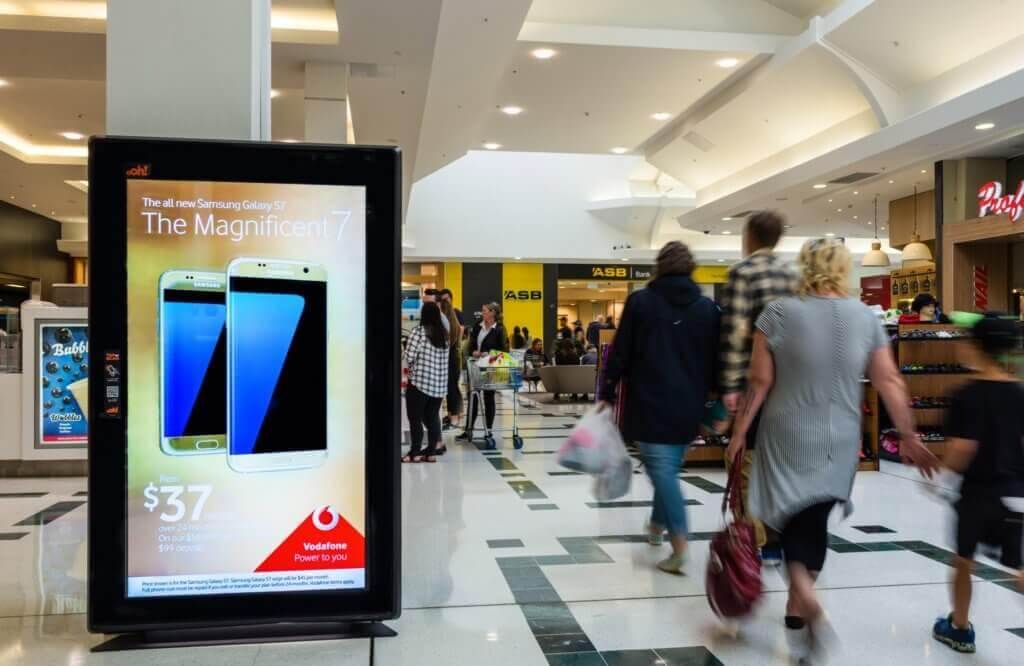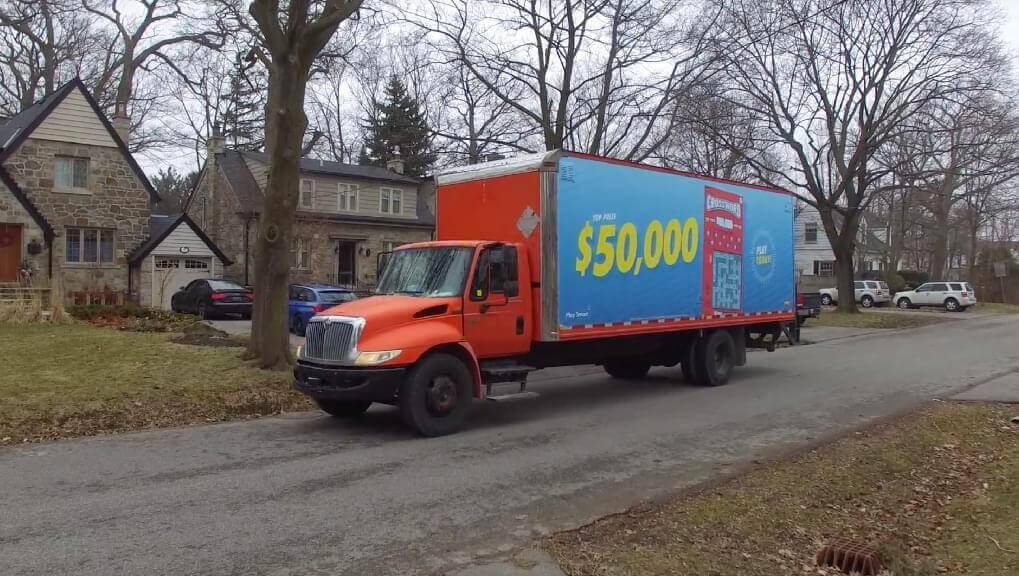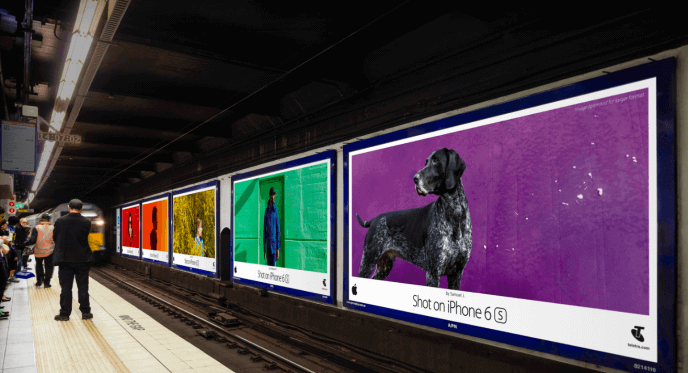
So you’ve decided that you’re going to incorporate out-of-home (OOH) into your next marketing campaign (great choice!), and you’ve got the design, location, and placement of your advertisements down to a T. Only, now you’re wondering how long you should leave your message out there for the world to see — a few days, a couple weeks, or several months? What’s both good and bad news is, there’s no definite answer! It all depends on what your brand is looking to achieve. OOH delivers unique strengths for different advertising performance indicators when implemented in the short term versus long term. This article will outline some of the major advantages of both short and long OOH campaigns that should be considered before you launch your next ad blitz.
Short-Term Success Using OOH

Figuring out how long your ad campaign should run isn’t as hard as it sounds. All you have to do is align your advertising activities to your business goals! Therefore, short-term OOH campaigns are best suited for short-term marketing goals — for example, informing people about a special discount, limited time offer, new store location, product launch, or upcoming event. The rule of thumb is that, if time is of concern and you’re trying to insight a sense of urgency to your target audience, then a short-term strategy is likely a good fit for your company. Time-sensitive goals are typically activity-based and, as such, the success and ROI value of your short-term campaign is completely quantifiable. For example, you can compare your sales for a month where you put up an ad campaign versus for a month where you didn’t to analyze how effective your advertising was. Other measures of success include short-term uplifts in revenue, sales activation, store visits, lead generation, customer acquisition, and more. According to Nielsen’s 2019 OOH Advertising Study, of the 39% of OOH viewers who noticed an advertisement providing directions to a specific store, business, or restaurant location, 20% of them immediately visited the business and 74% of those visitors made a purchase.
One short-term success story comes from Ontario’s Lottery & Gaming, OLG, who produced a very successful 3-week mobile billboard OOH campaign. Their goal was to increase the number of sales and awareness in their target audience (young adults between 20 to 30) in the suburbs of Toronto. With 12 trucks over the span of 3 weeks, OLG garnered over 17.5 million impressions — 61% of which was in their priority demographic.

Long-Term Success Using OOH
It only makes sense then, that long-term OOH campaigns are best suited for long-term marketing goals — for example, increasing annual profits, increasing brand awareness, penetrating into a new market, etc. In most cases, long-term company goals revolve around brand building. Instead of trying to trigger an impulse purchase in your audience, you should be trying to gradually expand your customer base by reinforcing the engagement non-customers have with your brand. Over time, through increasing your exposure, loyalty and emotional attachment toward your brand will also increase and can even trump product pricing when consumers decide if they want to purchase from you.
Over time, this can attract lots of potential customers who will appreciate the efforts a company is making to produce attractive and informative ads. This road to B2B Lead Generation Optimization requires a lot of patience, but with the help of OOH and digital marketing strategies, businesses can expect up to 23% increase in sales. Companies that use this approach typically have products or services that are more expensive than those sold through impulse purchases. This kind of trust-based purchase is usually made after thorough research by customers who need time to make decisions.

One of the most famous and successful global long-term OOH campaigns of all time is Apple’s “Shot on IPhone”. As one of 2019’s top OOH advertisers, Apple is no stranger when it comes to leveraging the larger-than-life, bold, and striking creative medium that is OOH. Since 2015, Apple has been releasing thousands of new billboards around the world featuring visuals shot by people on their latest iPhone models. Experts have praised Apple for their ability to create a sense of privilege, innovation, and success in their users with their content marketing approach.
What is an Optimal Mix of Short-Term vs. Long-Term?
So, maybe you’ve decided that either a short-term or long-term strategy is best suited for your upcoming ad campaign, but that doesn’t mean that you can’t and shouldn’t implement both strategies into your marketing! According to Les Binet and Peter Field’s well-known publication in the marketing world titled, “The Long and Short of It,” a brand maximizes its profits when it dedicates 40% of its advertising budget to shorter term strategies and 60% to longer term strategies. So, while consistent short-term campaigns won’t yield sustained increases in sales, when coupled with a long-term campaign, your sales will show a positive year-on-year trend. OOH advertising can help you achieve both immediate sales activation and long-term brand building.
Conclusion
Upon looking at how the effectiveness of short-term versus long-term campaigns differ, it’s clear that OOH is an extremely versatile and flexible advertising tool. While we can’t say the same for other marketing channels, such as online, OOH is equipped to help you achieve all your marketing goals — no matter how small or large.


